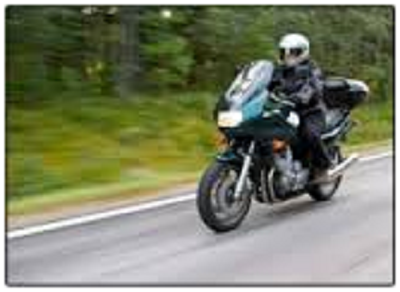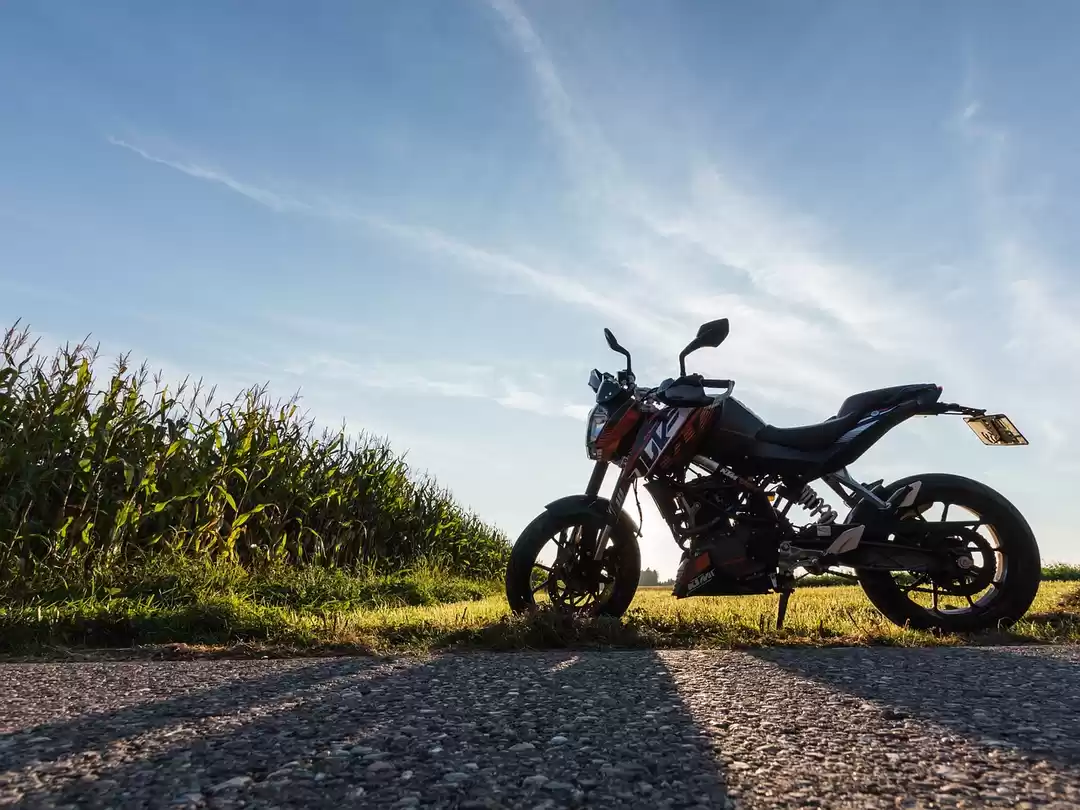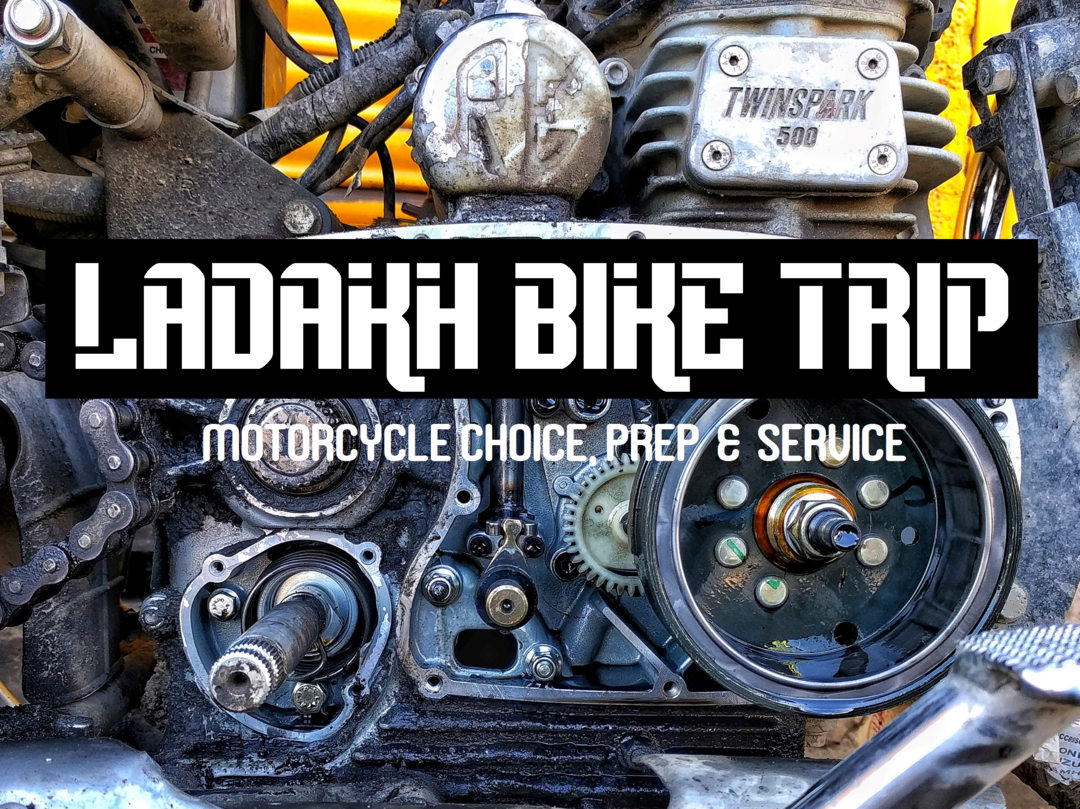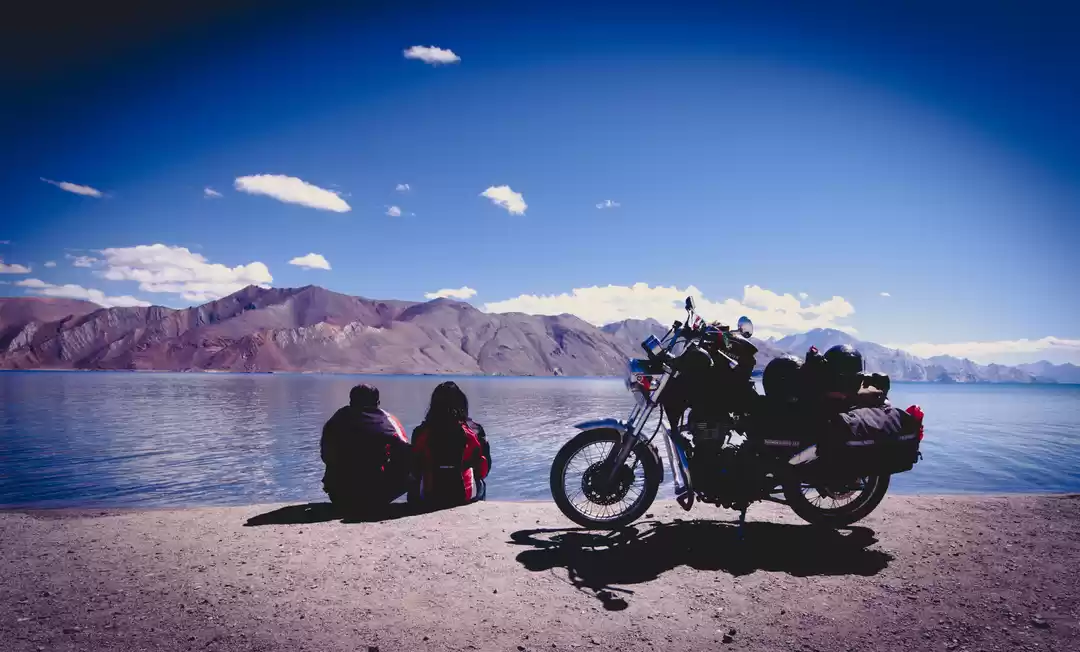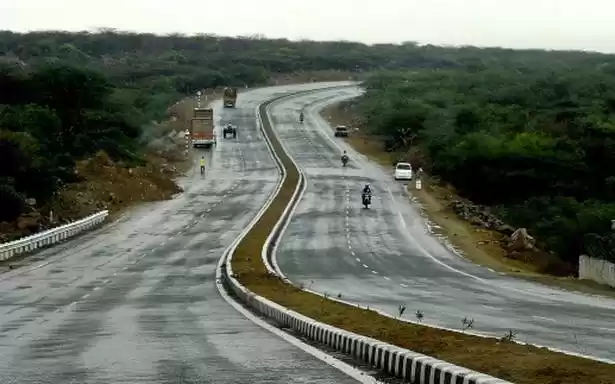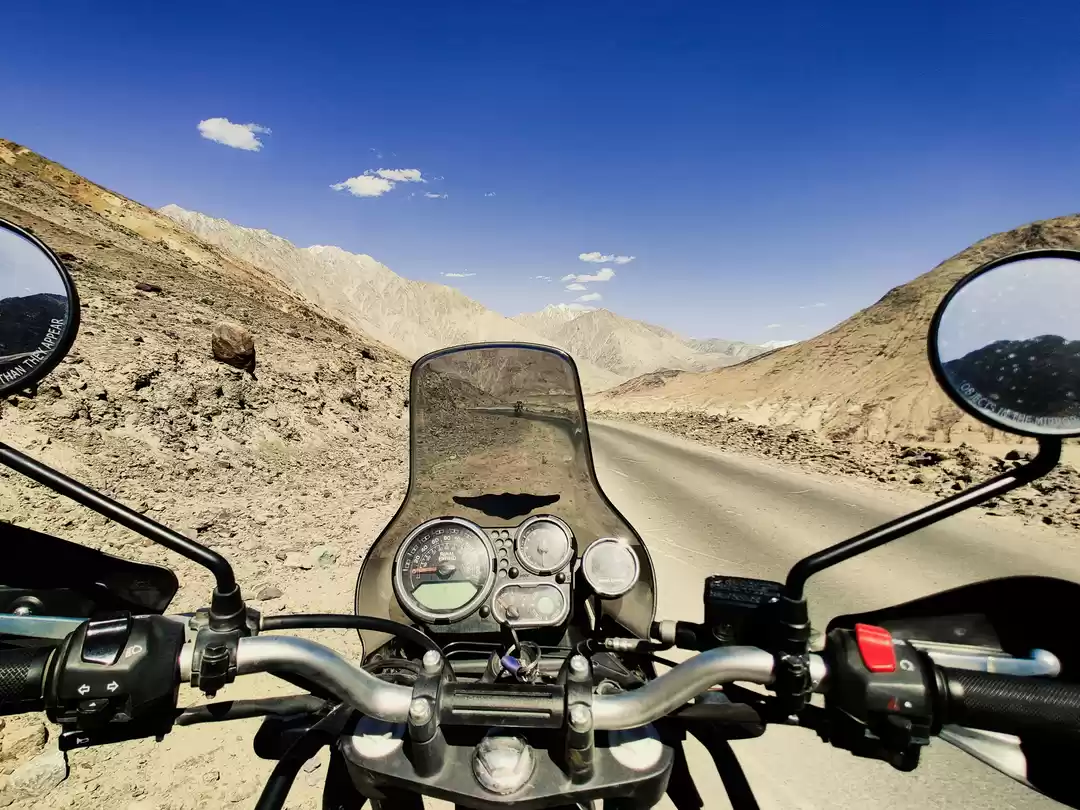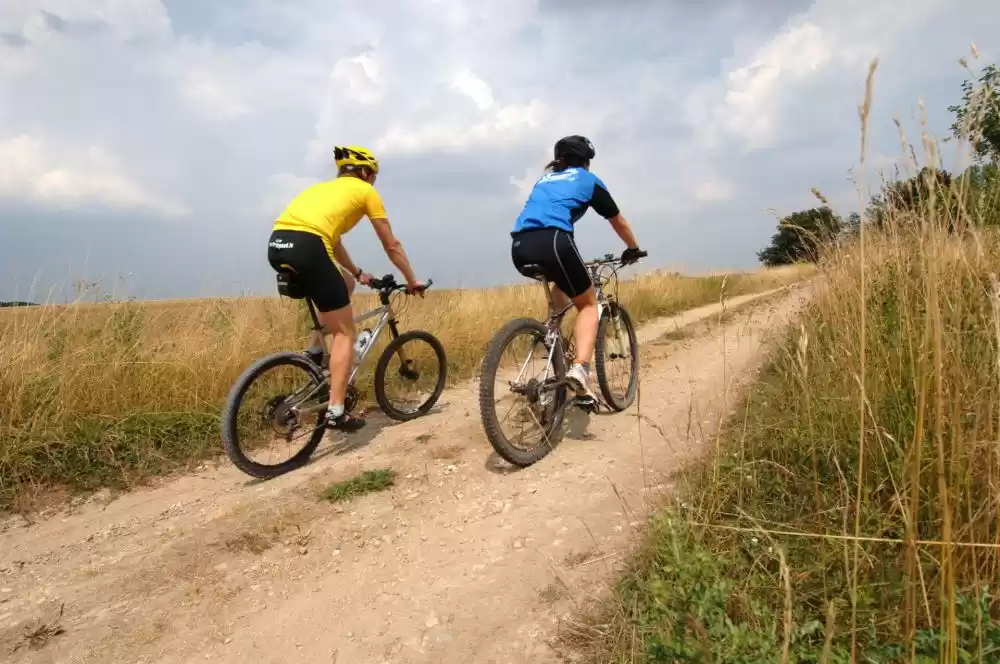
For those who like being on their own or can't find people their own, this is for you. Those who want to wander down the open roads, this is for you.
I have felt the calmest and at ease when I am riding my motorcycle. I started going for solo bike trips ~10 years ago and, I recently came back from a much-needed trip from the mountains.
I get asked a lot about my trips and how I plan them. So, a year ago, I posted an answer on Quora. without delving too much into my thoughts. So I was surprised when it received the popularity it did in just a few days. To provide a much-refined answer to all those who are interested, I started working on this post. I hope this helps!
Plan your itinerary
Before you go out on the road, you need to plan every day, every hour of what you want to do, in advance. Each city has numerous tourist attractions and local places to visit, but the beauty of motorcycle riding is that you pick and choose where you want to be.
Simply put, be precise and meticulous in your research about the roads, points of interest, hotel bookings (should have parking for your ride) - everything should be planned in an excel sheet and researched. Talk to your friends, go on Google (if you can't find it on Google, work on your searching skills. Everything worth finding can be found on Googled).

The insane greenery of Udupi, Manipal
Riding Gear
If you are riding a motorcycle, you will crash. It is statistically impossible to avoid a crash. What you can do is try to decrease the impact of the crash by being careful and wearing proper riding gear. If you are a beginner and just testing the proverbial riding waters, get a set of elbow and knee guards. Once you start liking it and going out at regular intervals, get a certified riding jacket and a good set of pants along with boots and gloves. Needless to say, a DOT + ECE certified helmet is a must for any stage of rider. Get a helmet the moment you get that motorcycle of your dreams!
Some rules -
Never buy ISI. Always look for DOT, ECE, SHARP rating/certification or all of these. Always have a D - Ring enclosure and no other type. Full face is a must. Nothing else will do! Also, no glasses under the helmet. No go pro over the helmet. Put that go pro on your chest or on the bike, but not on the helmet. Before you buy a helmet, read up on the certifications, laws and regulations that go into making that helmet - It does protect the single most important part of your body. Be woke! Riding gear is very important for long rides. Jacket, pants, gloves and boots - all of these are important. For Indian conditions, mesh jackets work the best. I am using Solace gear and it has worked very well for me. Comes with CE level 2 Sastac protection. For gloves, i would recommend any of the Revit models. They offer knuckle protection, palm protection, wrist enclosure and are very comfortable. I use Chevron 2
How do I Carry Luggage?
Now that you have prepared your itinerary and brought suitable riding gear, you have to sit and do the most boring part of the process - Packing your luggage into a suitable bag! The best way would be to wear one set of clothing and wash it every night during your ride so that it gets dry in the morning and repeat this. What actually happens is that you feel too tired after a full day of riding to do this, so it is better to carry more in your bag.
Which bag? What kind?
The answer to these questions is that it is up to you. I will offer the following options -
Pack your wearables, chargers, batteries, cameras, gopros and other belongings into a normal travel bag, and tie it at the back of your motorcycle with the help of a bungee cord Get a Saddle Bag. This is a more comfortable iteration of the two, and is more suitable considering the time it takes to tie and untie the bag from the back of the motorcycle. I would recommend that you start with the first option, and once you start going out regularly, switch to option 2 for more comfort

Off Roading through the Sambhar Sat Lake
Additional pointers
Never ride in the night, particularly in India. We do not have lights on the roads, and people on the other side of the road keep the beam at 'high' always. You can have all sorts of lighting contraptions, but it just is too risky. Personally, 4am to 6pm - 7pm is my ride time and I do not break this rule, ever. Know your motorcycle. You should know how to change the clutch cable, tyre, correcting a puncture, checking engine oil/ coolant levels, brake pad longevity, tightening the, lubricating and other small things. Always carry spares and puncture kit on your rides. All of this is not complicated. And it is not too difficult to learn, and trust me, it is worth knowing. Never cross 100 kmph. especially in India. I keep an average of 70-80 kmph, and that has worked fine for me all these years. Indian roads do not support high speeds. Even if the roads are great, villagers or cows may suddenly appear out of nowhere or there might be potholes or any of the other million issues specific to our country. This is probably the most important one - Never cross 100 kmph! Use engine braking. Master the art of engine braking. Its the way to ride. Accelerating, then braking, and accelerating again hurts your motorcycle, the engine, brake pads and the tyres in addition to increasing the risk of you crashing. and did I mention the negative impact on mileage? Learn how to ride with the help of engine braking, and master it. Make it a way of life forever! Always keep the recommended levels of air pressure in your tyres. Maintain a weekly check on this. This obviously goes without saying. But, if your ride will take you through some back roads with a lot of loose sand, then you will need a lot less air as it helps with maintaining grip over loose sand. In all other cases, maintain the recommended air in your tyres - front and rear
In closing, what matters the most, is the desire to go out on the open road. Once you are all ready and fix a time and date for your solo ride, everything else will fall in place. In the words of Morcheeba, "Stop chasing shadows, just enjoy the ride."














